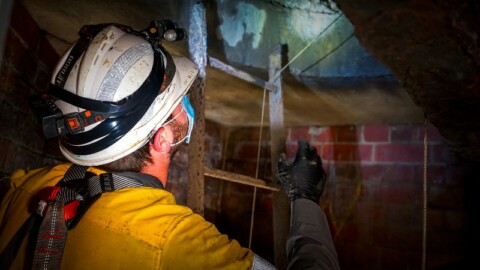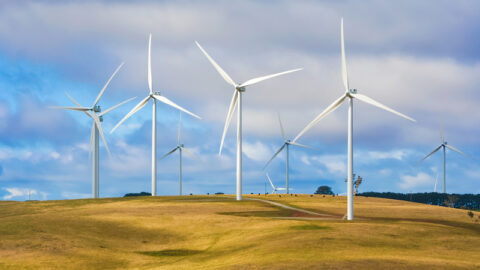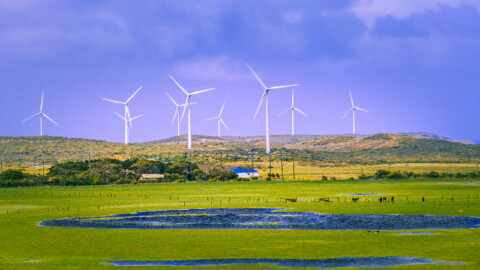The Clean Energy Council has lodged submissions to the Energy Security Board (ESB)’s future design of the National Electricity Market (NEM) and the Australian Energy Market Commission (AEMC)’s transmission access reform proposal showing its support and opposition for the proposals respectively.
The Clean Energy Council outlined its opposition to the coordination of generation and transmission investment initiative (COGATI).
Clean Energy Council Chief Executive, Kane Thornton, said that the energy market framework was in clear need of change to ensure that it would be able to support a renewable energy future.
“These proposed market reforms represent a significant redesign of the Australian energy market that can encourage the much needed investment in energy generation, storage and services that we require to provide clean, reliable and low-cost power,” Mr Thornton said.
“The energy system we have in place today is the legacy of another era and isn’t fit to support the new, more distributed, flexible, intelligent and clean energy generation that we need and want.
“We broadly welcome the high-level directions outlined in the ESB’s Post-2025 Market Design Consultation Paper, noting significant detail still needs to be developed across each of the market design initiatives.
“In particular, we are pleased to see the work to value essential system services and better integrate distributed energy resources.”
Mr Thornton said, however, that the Clean Energy Council did not support one of the seven market design initiatives relating to transmission access and the COGATI proposal.
“The Clean Energy Council remains firmly opposed to the transmission access reforms proposed by the AEMC, which will do very little to improve the coordination of generation and transmission while increasing risk, complexity and cost to the market.”
The Clean Energy Council said the reform will fundamentally alter current market operations through the introduction of locational marginal pricing and financial transmission rights.
The AEMC also proposes to move to dynamic loss factors, which the Clean Energy Council said will be more volatile and unpredictable than the current, already problematic marginal loss factor regime, without any capability for generators to manage the associated risks.
A recent member survey conducted by the Clean Energy Council found that the COGATI reform would add 1.4 per cent risk premium to new projects, as well as existing projects as they seek to refinance over the next few years ($18 billion of project debt needs to be refinanced between now and 2025).
This would result in a $5.50/MWh increase to wholesale prices, equivalent to approximately $990 million in additional consumer costs across the NEM.
For state governments, this increased risk premium will raise the cost of meeting renewable energy targets. For Queensland, it would amount to around $55 million per annum and for Victoria, this will cost in excess of $27 million per annum.
“The AEMC’s analysis is premised on over 20GW of avoided investment in new generation by 2040. This fails to recognise the broader economic and societal benefits of new investment,” Mr Thornton said.
“Without this investment, we would miss out on a $36 billion injection into the economy, and 30,000 construction and installation jobs and 2000 ongoing operations and maintenance jobs would not proceed.
“The COGATI proposal is a case of the wrong reform at the wrong time. It will have a chilling effect on investment at a time when we need to be attracting new investment to replace ageing thermal generators and stimulate economic activity in response to COVID-19.
“With these high costs and risks, we cannot support the proposal. We encourage the AEMC to down tools on this reform proposal in order that AEMC and industry resources can be redirected to more pressing issues within the ESB’s market reform package, as well as actioning of the Integrated System Plan, development of renewable energy zones and addressing connection issues.”
















